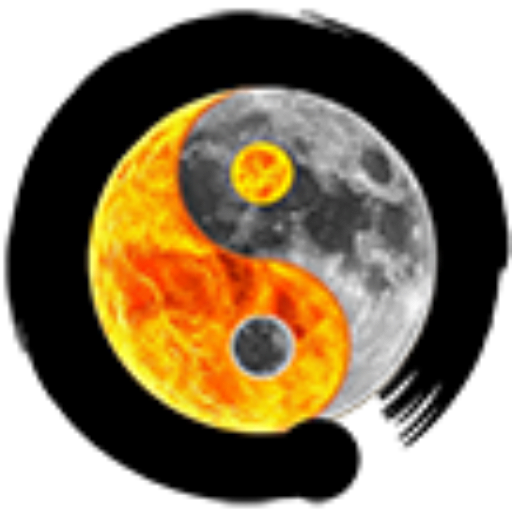
At first glance the ancient ensō symbol appears to be nothing more than a miss-shaped circle but its symbolism refers to the beginning and end of all things, the circle of life and the connectedness of existence. It can symbolize emptiness or fullness, presence or absence. All things might be contained within, or, conversely, excluded by its boundaries.Ensō can also represent the moon’s reflection on water, thereby symbolizing the futility of searching for enlightenment outside oneself. Ensō symbolizes many more things including: strength, elegance, the universe, single mindedness, the state of mind of the artist at the moment of creation and the acceptance of imperfection as perfect.

The yin-yang symbol consists of a circle divided into two halves by a curved line. The two halves are intertwining across a spiral-like curve that splits the whole into semicircles, and the small dots represent the idea that both sides carry the seed of the other. The curvy line signifies that there are no absolute separations between the two opposites. The yin-yang symbol embodies both sides: paradox, unity in diversity, change, and harmony. Sometimes, forces opposite in nature even rely on one another to exist. The nature of yin-yang lies in the interchange and interplay of the two components.

Moksha also called vimoksha, vimukti, and mukti is a term in Hinduism, Buddhism and other spiritual context for various forms of emancipation, enlightenment, liberation, and release. In the context of coaching and personal development ViMoksha is freedom from ignorance. It represents self-realization, self-actualization and self-knowledge.
